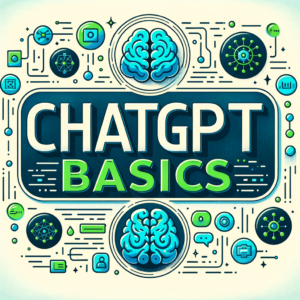In today’s competitive business environment, mastering the art of the sales pitch is crucial for success. Utilizing effective sales pitch strategies is more than just presenting your product or service; it’s about crafting a story that resonates with your audience, addressing their needs, and compelling them to take action. In this blog, we’ll explore key strategies to enhance your sales pitch, making it not just heard, but persuasive and memorable.
Understand Your Audience
The first step to a successful sales pitch is understanding your audience. Research your potential clients to grasp their industry, challenges, and what they value in a solution. Tailored pitches that speak directly to the audience’s specific needs and pain points are far more effective than generic presentations.
Craft a Compelling Story
People love stories. They’re memorable, relatable, and engaging. Structure your sales pitch as a narrative that leads your audience through a journey. Start with the problem (the challenge your audience faces), followed by the solution (your product or service), and conclude with success stories (examples of how your solution has helped others). This structure not only keeps your audience engaged but also helps them visualize the benefits of your offering.
Highlight Unique Value Proposition
What makes your offering stand out from the competition? Your sales pitch should clearly articulate your unique value proposition (UVP). This is the distinct benefit that makes your product or service the best solution to your audience’s problem. Be specific about how your UVP addresses their needs in a way that no other product can.

This image was generated using the Discord AI platform.
Engage with Questions
A monologue rarely makes for an effective sales pitch. Engage your audience by asking questions. This interaction fosters a two-way conversation, making your pitch more personalized and engaging. Questions can also help uncover additional needs or objections, giving you the opportunity to address them directly.
Use Social Proof
Humans are influenced by the actions and approvals of others. Incorporate testimonials, case studies, or endorsements into your pitch to provide social proof. Hearing about the positive experiences of others increases trust and credibility, making your audience more likely to buy into your proposal.
Simplify Complex Information
Sales pitches often involve explaining complex products or services. Simplify this information with analogies, metaphors, or visuals. Making your pitch easy to understand ensures that your audience grasps the value of your offering without getting bogged down in technical details.
Practice and Refine
An effective sales pitch is never a one-and-done deal. Practice your pitch, refine it based on feedback, and adapt it for different audiences and situations. Continuous improvement will make your pitches more effective over time.
Close with a Clear Call to Action
End your pitch with a clear, compelling call to action (CTA). Whether it’s scheduling a follow-up meeting, signing up for a trial, or making a purchase, your CTA should tell your audience exactly what step you want them to take next. Make it easy for them to act on your pitch.
Conclusion
An effective sales pitch can make a significant difference in winning over clients and closing deals. By understanding your audience, crafting a compelling story, highlighting your unique value proposition, engaging with questions, using social proof, simplifying complex information, practicing and refining your pitch, and closing with a clear call to action, you can develop sales pitches that not only capture attention but also persuade and convert, employing effective sales pitch strategies throughout.
Remember, the key to a successful sales pitch lies not in selling a product, but in offering a solution. Shift your focus from what you’re selling to how it benefits your audience, and you’ll master the art of the effective sales pitch. Check out Udemy’s Sales Skills online course; we wrote you on E-learn.guide some tips on how to choose the right online course.













